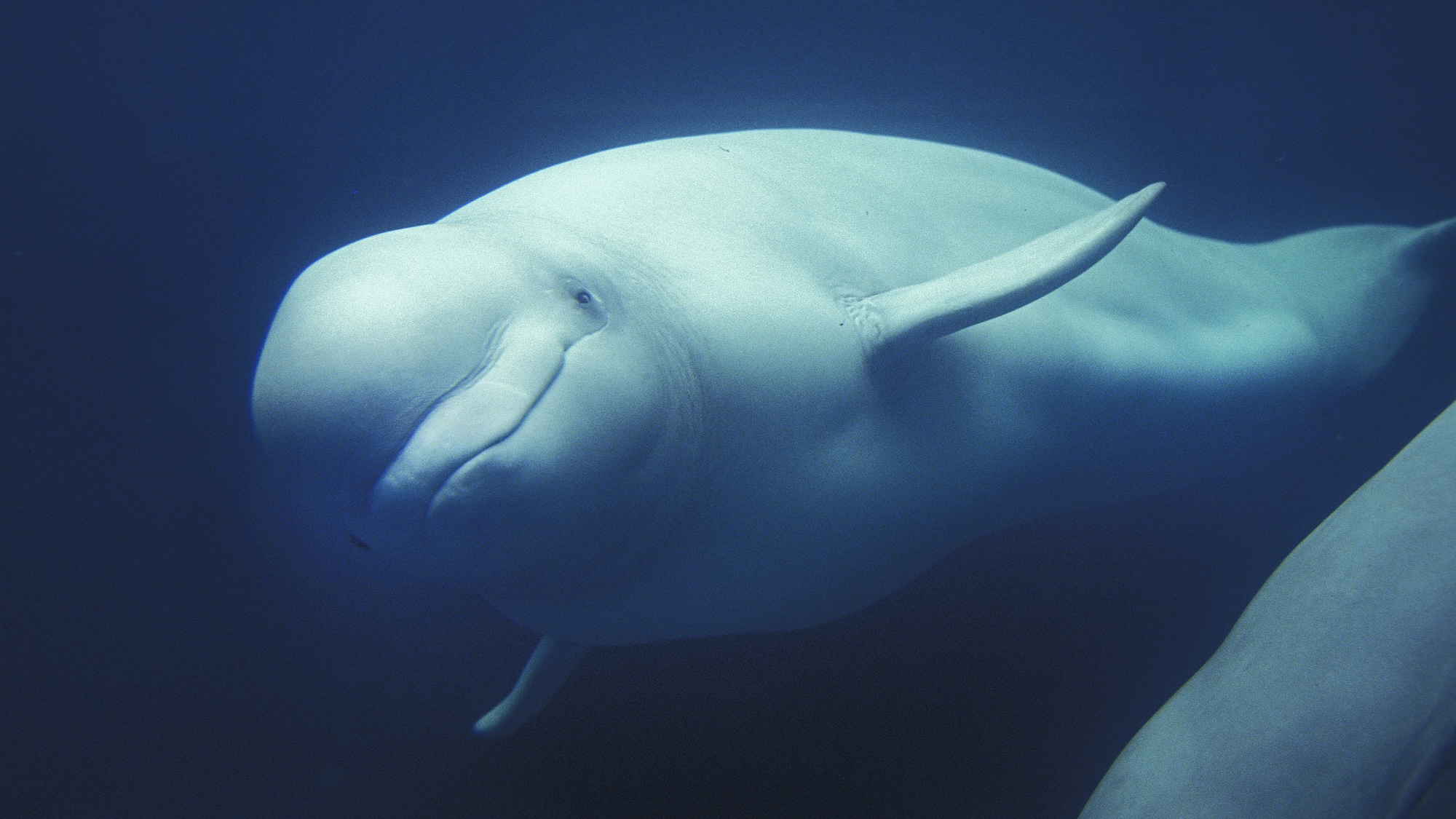
Five years ago, Norway received an unexpected visitor. Beginning in April 2019, residents on the islands of Ingøya and Rolvsøya a seemingly tame and friendly male that enjoyed playing fetch, receiving scratches, and eating treats. If that wasn’t strange enough, the animal also arrived in Norwegian waters with a travel accessory—a camera harness stamped in English with “Equipment of St.
Petersburg.” announcing the arrival of a possible soon circulated around the world as the beluga (dubbed Hvaldimir by locals) continued its Norwegian residency. And while in September, some experts now maintain that its espionage origin story was a bit of stretch.

According to marine mammal researcher Olga Shpak, Hvaldimir wasn’t a Russian spy—he was a “hooligan” military base guard who went rogue. Speaking to the ahead of its new documentary on the beluga whale’s story, Shpak said she is “100 percent” certain of the animal’s original job. Shpak reached her conclusion after consulting multiple sources in the Russian marine mammal community, including trainers and veterinarians.
While remaining anonymous to protect their safety, the experts confirmed Norway’s Hvaldimir was previously named Andruha after being captured in the Sea of Okhotsk in 2013. Hvaldimir/Andruha is far from the first beluga or dolphin to be enlisted in Russia’s military projects. Russia, along with other countries, have about training the aquatic mammals to patrol waters near sensitive outposts and bases.
Rather than spying on other nations, these animals instead provide live feeds of their surroundings to their handlers through camera harnesses. “What I’ve heard from the guys at the commercial dolphinarium who used to have him was that Andruha was smart, so a good choice to be trained,” Shpak told the . “But at the same time, he was kind of like a hooligan—an active beluga—so they were not surprised that he gave up on [following] the boat and went where he wanted to.
” Although Russian officials have never confirmed or denied that Hvaldimir was their own guard beluga, the notes satellite images of a naval base not far from the Norwegian border appear to show pens housing similar white whales. Given the facility is home to a number of submarines, it’s possible belugas like Hvaldimir are still used to help maintain their security. But if there really are spy dolphins out there trained to infiltrate foreign borders, it’s clear Russia would work to make them a little more inconspicuous.
“If we were using this animal for spying, do you really think we’d attach a mobile phone number with the message ‘Please call this number’?” Russian reserve colonel Viktor Baranets ..














